Sponsored Post Content. All opinions are my own.
Running shoes are a personal thing. These are my thoughts on Hoka.
I have been running in all sorts of running shoes since I started triathlon 2010. I began with Brooks Adrenaline. While they seemed to give me excellent support, they felt sort of heavy. This was also the phase where I was having major hip problems–whether a cause or not (no evidence that the shoe caused anything), I was definitely not in the right shoe for me. I then switched to Saucony Kinvaras, which I really loved for the quick turnover and lightweight factor (finished my first Ironman in them)–but after a while, I realized that I just needed more support. After a bit, I tried Altras (too much heel slippage, but liked the roomy toe box), and then Newtons (fun and fancy, but scared of the lugs on the 5th metarsal which I broke in 2012).
With a wild idea, I tried the Hoka One One “moon shoes” in the Stinson Tarmac (now discontinued). I laughed when I first saw them… I mean, afterall, the older version was much more… well, moon-like.
But for me, it was love at first run.
^Hoka Stinson Tarmacs^
Immediately, I noticed a few things about the Hokas: support, cushioning, surprisingly lightweight and ease of running. I finished my second 140.6 wearing those Hokas–and have been a fan ever since.
Recently, I was asked to review the Hoka Conquest 2, which have a similar ride to the Stinsons.
So what’s the “secret” with Hoka?
First, the Conquest 2 is considered a high mileage road shoe. It has an engineered midsole volume which is up to 2.5X the volume than standard running shoes, made with performance-specific cushioning material. This results in superior shock absorption and an inherently stable ride.
Next, their “Meta-Rocker midsole geometry” is specifically engineered with a low heel-toe differential and a sculpted outsole radius in the heel and toe–to create a unique fulcrum effect and encourages a guided foot gait cycle.
I notice the difference in running in Hokas after each run. Due to the amazing cushioning, the recovery time is great increased–the “beating” on my body is significantly less. This is even more important as a heavier runner.
The toe-box is wider than most shoes, which is nice.
Running shoes are such a personal choice, but I really have been happy with the Hokas, all around. I feel like I can run faster and further when I am in these shoes–and my training has actually supported that feeling as well.
I am on my fourth pair of Hokas, and currently running in the Conquest 2, and 50 days out from Ironman Lake Placid.
- Offset: 4mm
- Heel: 27mm
- Forefoot: 23mm
- 10.3 oz / 291 g
Here’s a review of the Bondi, another Hoka shoe.

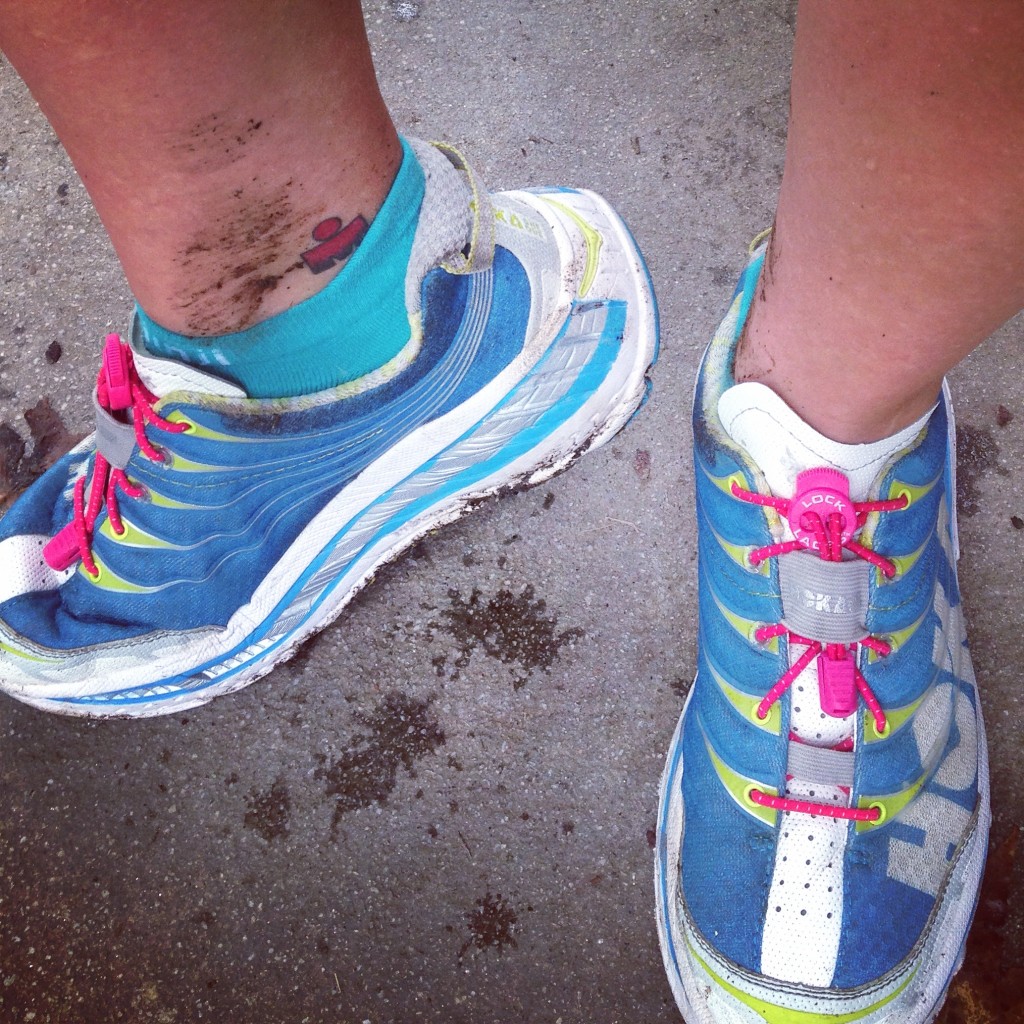
![IMG_0972[1]](https://www.swimbikemom.com/wp-content/uploads/2015/06/IMG_09721-1024x1024.jpg)
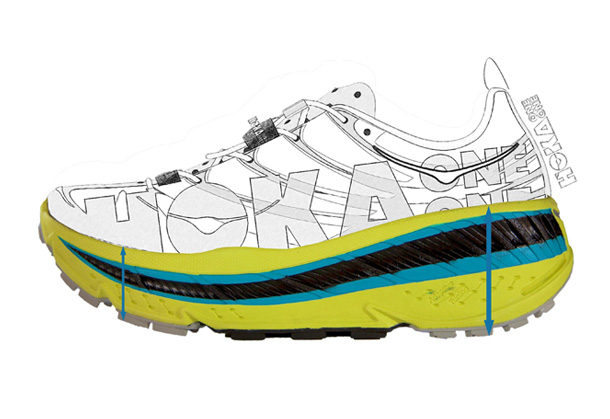
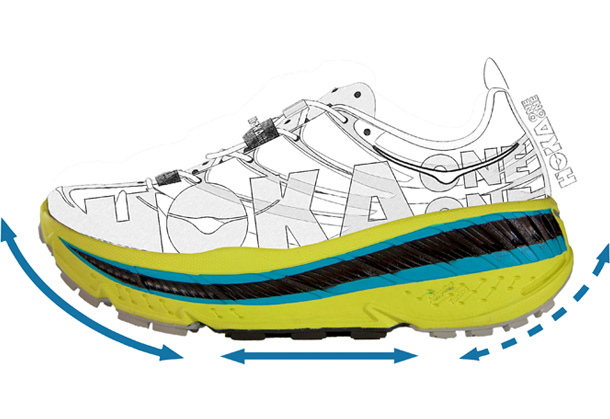
![IMG_0773[1]](https://www.swimbikemom.com/wp-content/uploads/2015/06/IMG_07731-1024x1024.jpg)
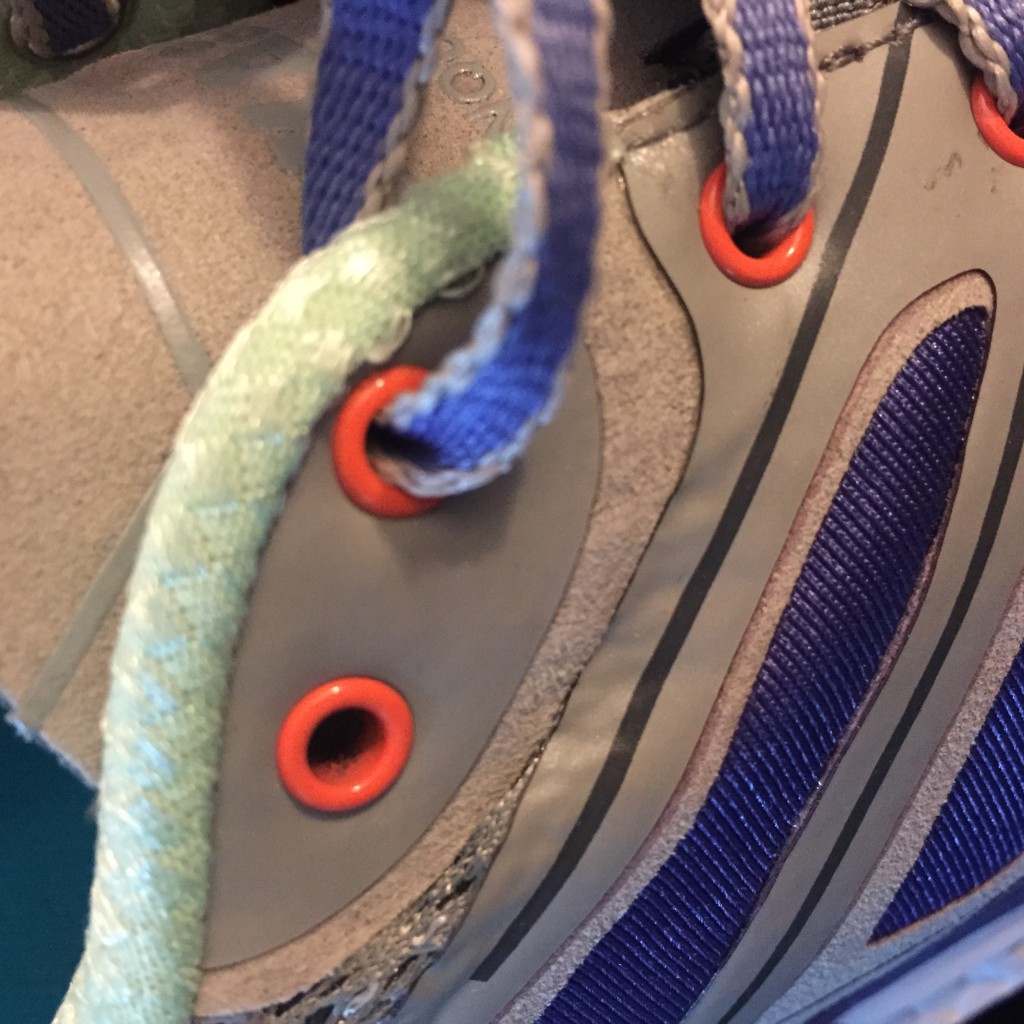
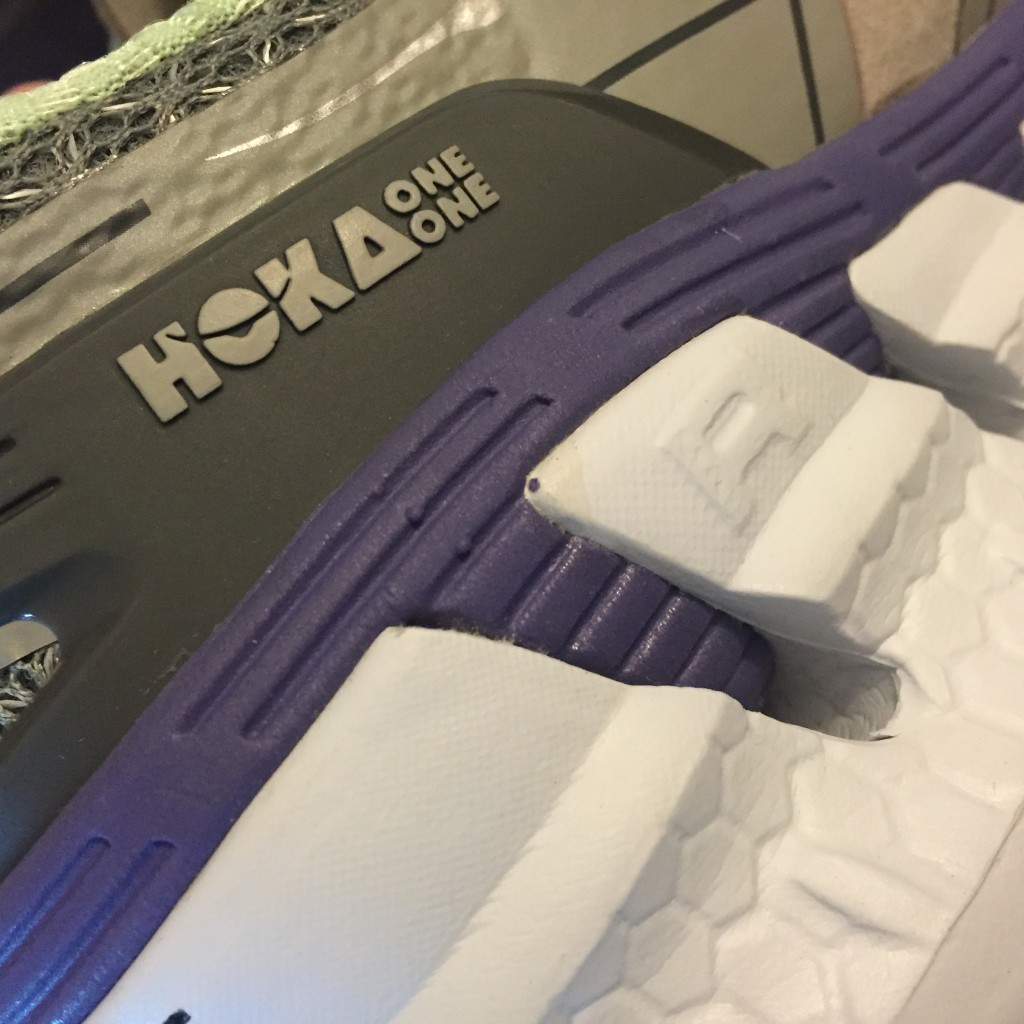
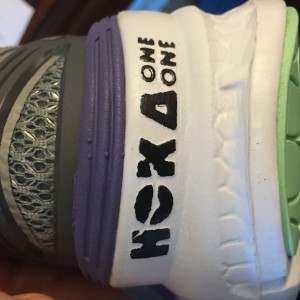
I’m a recent convert to Hoka’s and all I can say is Goodbye hip pain!
I was having real issues after Augusta running in my Brooks Glycerin.
So I just started with Hoka Clifton and after a month really like them!
I was thinking of getting another pair to swap out since I am running a lot more and maybe I’ll look at the Conquest 2’s.
Thanks for the review!
The Hokas are a radical departure from a standard running shoe. It’s just a totally different shoe, both in fit and the feel of the run. You CAN get great deals online, but gosh…I’d really recommend folks go into a running store and try them on, particularly a store that lets you run around a bit. I’d also recommend getting them from a store that allows returns. Because the Hokas are so different, your body adapts a bit to the cushioning. For some this is no big deal, but the Hokas can make already existent form-related issues, particularly IT band and hip issues, more pronounced.
Just my $0.02.
Do you ever roll over and tweak your ankle? That’s what I would worry about…I run on trails a lot and supinate so I would be afraid of hurting my ankles.
I converted to Hoka one ones about six months ago after being a devoted Asics Nimbus runner since 06′. As an Athena these shoes were a God send. I currently rock the Cliftons and love them!!!!
Maybe Meredith is too busy to answer. But, I’ll give it a whack. The toe box is wide enough that it offsets what would appear to be an imbalance in the height of the sole. Even if you happen to be a profound underpronator and strike with the outside of the mid or forefoot, to toe box will catch it and guide your foot back. Be aware that the sole is a somewhat soft version of blown foam, so while they’re good on any surface, they can wear out quicker on trails. Hoka DOES make a trail version, by the way.
Hope this helps!
Thanks Louisa… No I’m not too busy. But the answer is obviously no …or I wouldn’t be promoting them if I was rolling my ankles all the time. 😉
I guess to people familiar with Hokas, buying running gear, and running for fitness in general, this would all be obvious. I guess to many of your readers, who seem to be on the tipping point of trying a lot of new things, perhaps…not so much. I just know the ankle-rolling thing gets asked a lot on a lot of forums. It’s nice to hear an answer, and the why behind it, from someone using them, not just selling them, which is what you get at most stores. 😉